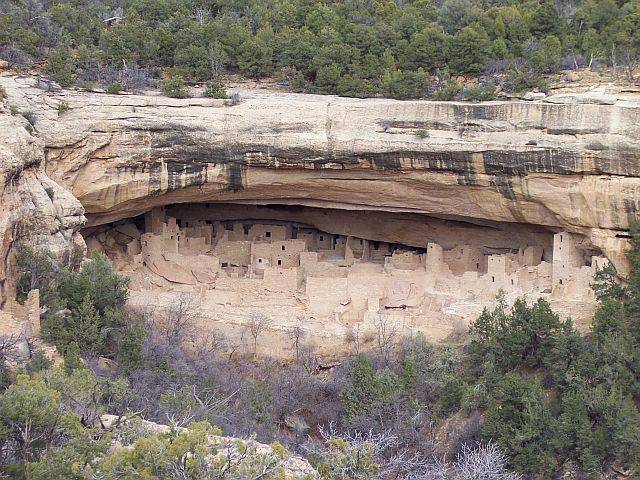Cliff Palace: A Monument to Ancestral Puebloan Ingenuity
Cliff Palace stands as the largest cliff dwelling in North America, a testament to the architectural and communal achievements of the Ancestral Puebloans. Located in Mesa Verde National Park, Montezuma County, Colorado, this pre-Columbian structure offers invaluable insights into the lives, cultures, and resilience of its creators.
Get your dose of History via Email
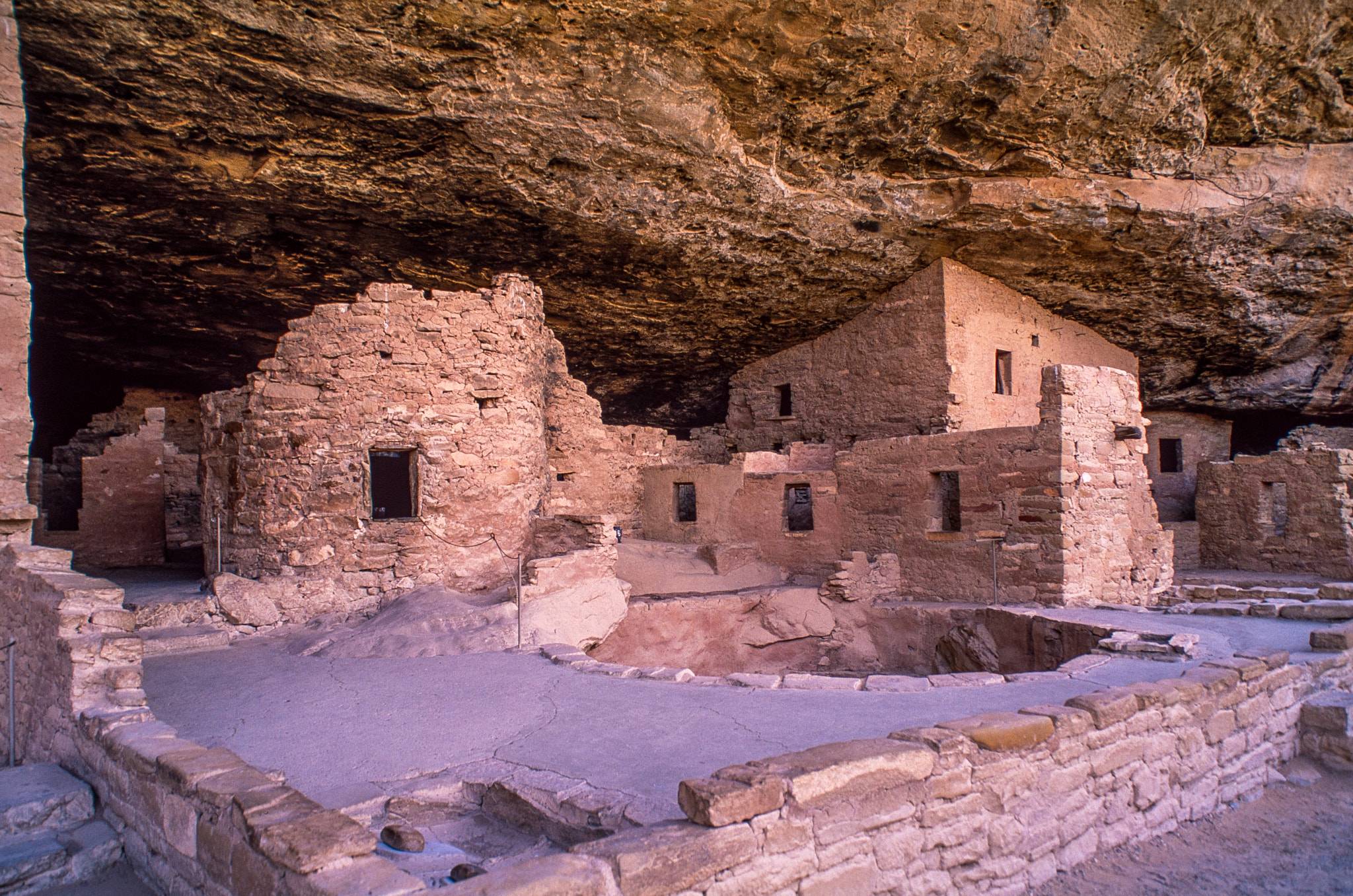
Historical Overview
Constructed primarily between 1190 AD and 1260 AD, Cliff Palace underwent continuous building and refurbishment efforts. The Ancestral Puebloans, also known as the Anasazi, were compelled to erect such cliff dwellings due to “increasing competition amidst changing climatic conditions”. By 1300 AD, Cliff Palace was abandoned, with theories suggesting that megadroughts affecting food production systems could have been a primary cause. The rediscovery of Cliff Palace in 1888 by Richard Wetherill and Charlie Mason marked the beginning of its journey into the annals of archaeological and historical significance.
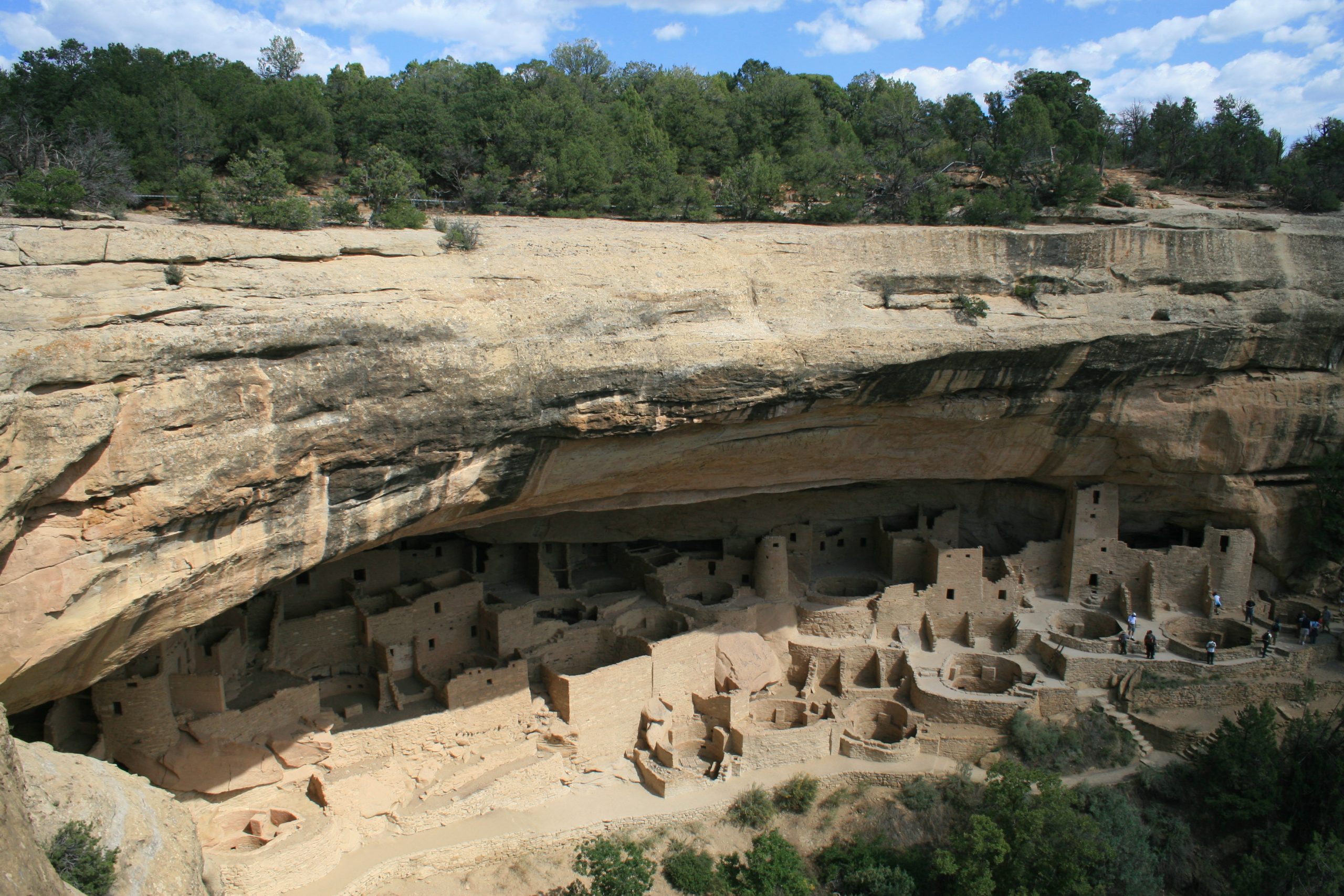
Architectural Description
The structure of Cliff Palace was meticulously crafted using sandstone, mortar, and wooden beams. The sandstone blocks were shaped with harder stones, while a mortar made of soil, water, and ash, supplemented with “chinking” stones, provided stability and durability. Despite the erosion of its once vibrant earthen plasters, the architectural prowess of Cliff Palace remains evident. It housed approximately 100 people within its 150 rooms and 23 kivas, suggesting a highly organized social and administrative center with significant ceremonial importance. The presence of a large square tower, restored by the National Park Service to its original height of 26 feet, underscores the architectural ambition and skill of the Ancestral Puebloans.
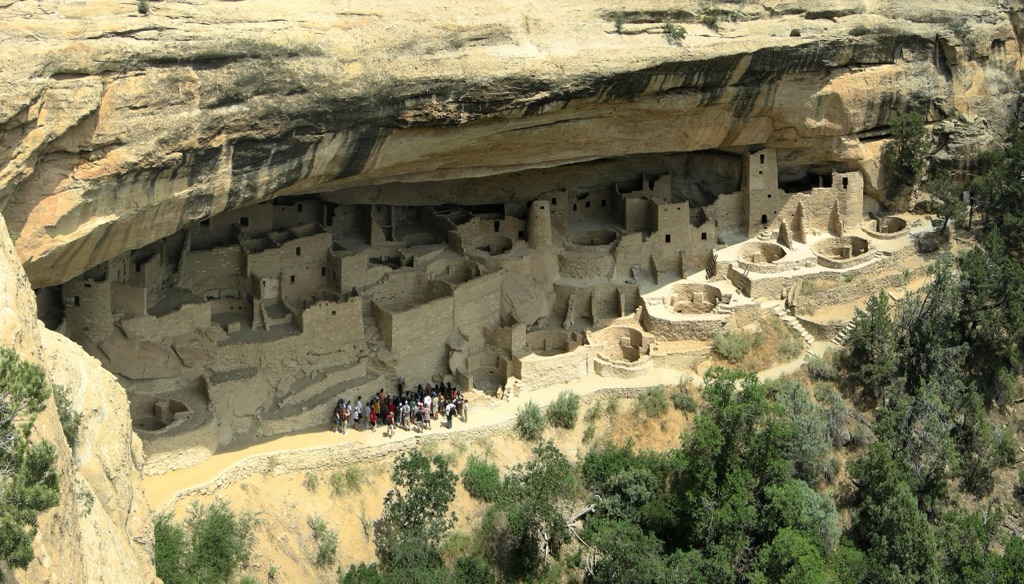
Significance and Preservation
Cliff Palace not only served as a dwelling but also as a focal point for the surrounding community, possibly indicating a centralized polity. The room-to-kiva ratio further supports the theory of Cliff Palace being a hub of social and ceremonial activities. The Cliff Palace Overlook provides visitors with a glimpse into the grandeur of this ancient site, emphasizing its importance within the Mesa Verde region.
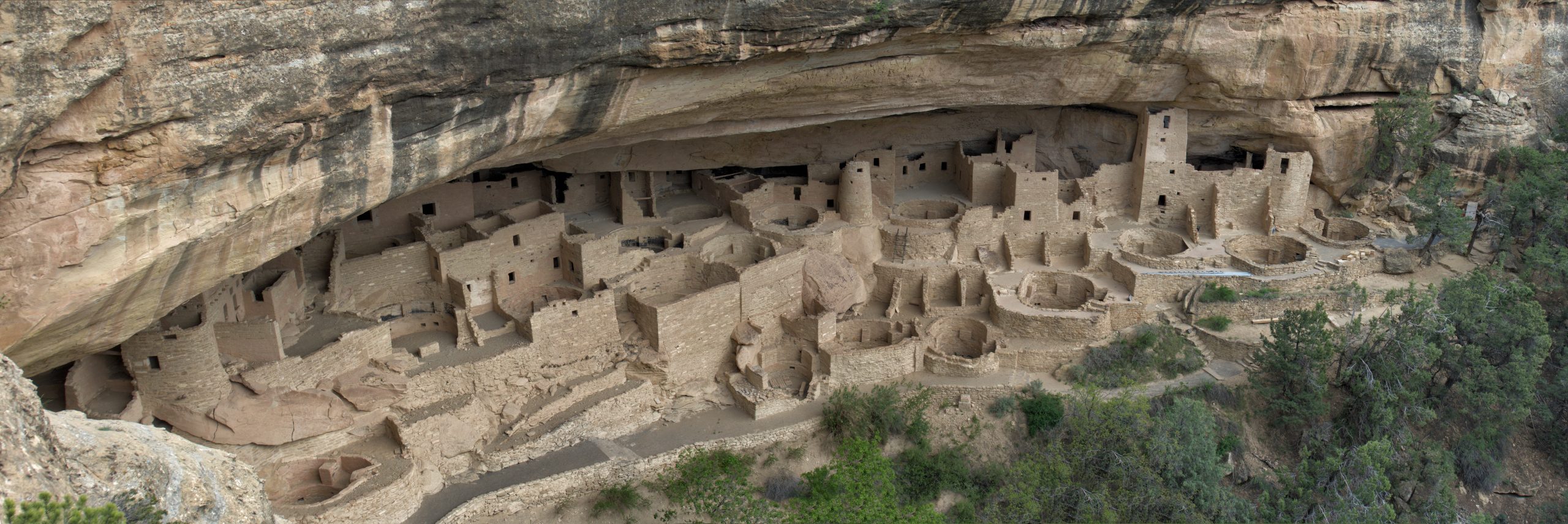
Preservation efforts have been paramount in maintaining the integrity of Cliff Palace. From the late 13th century to the 1880s, natural deterioration processes were exacerbated by human activities, including looting and structural damage. Today, ongoing assessment and maintenance are crucial in preserving this iconic piece of American history for future generations. The Archeological Site Conservation Program plays a vital role in these efforts, ensuring that Cliff Palace remains a testament to the ingenuity and resilience of the Ancestral Puebloans.
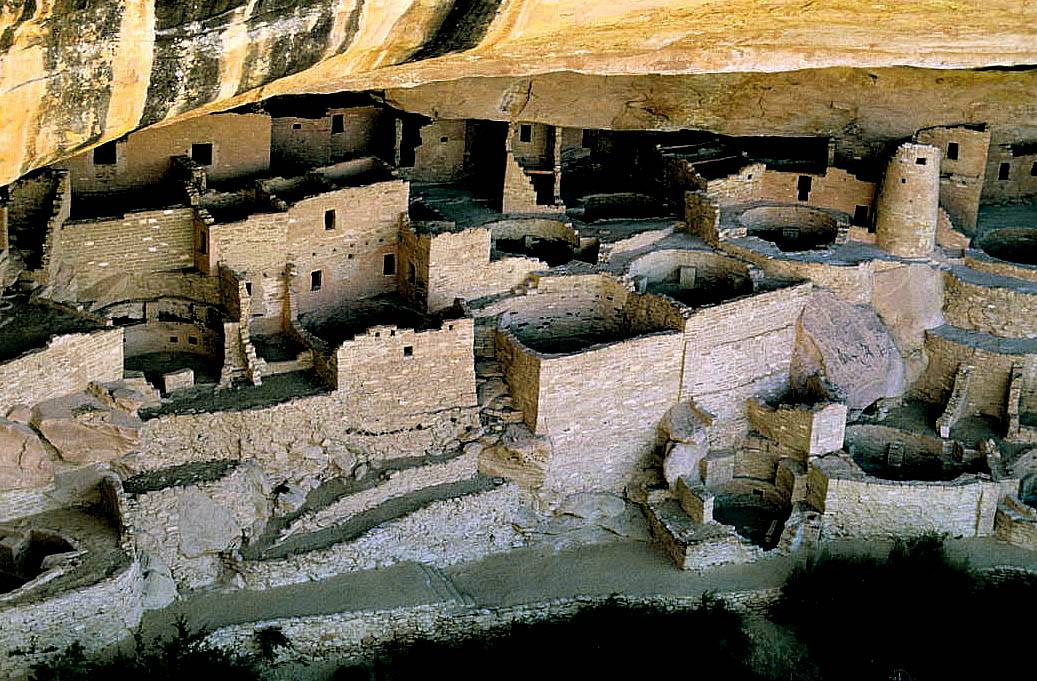
In conclusion, Cliff Palace embodies the architectural, social, and cultural zenith of the Ancestral Puebloan civilization. Its preservation and study continue to offer profound insights into the lives of its builders and their remarkable adaptation to the challenging environments of the American Southwest.
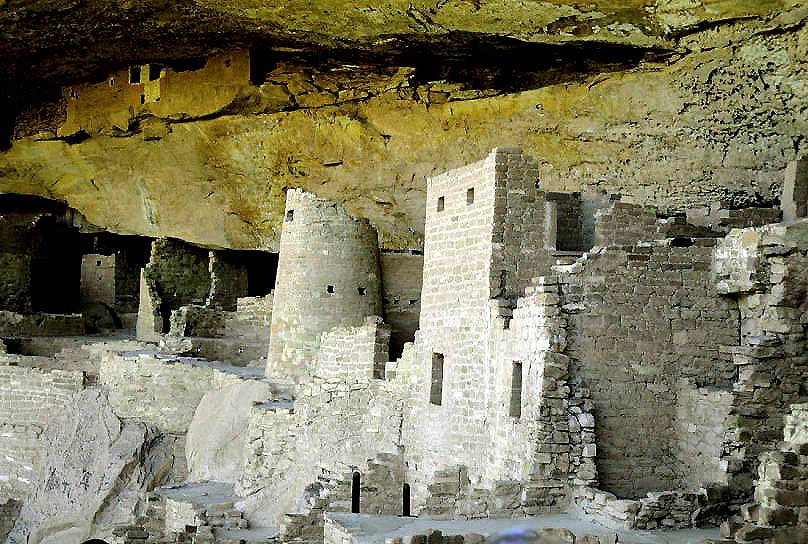
Sources:
Wikipedia
National Park Service

